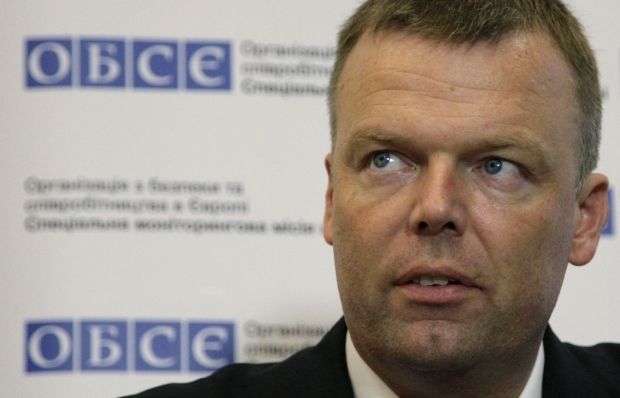
“It is of course one thing to sign, and quite another thing to implement. And quite frankly, the results thus far on the ground have been mixed. The SMM on March 3 sent a letter to both generals of the Joint Center for Control and Coordination. We reminded both that the JCCC was in charge of coordinating the measures required to implement the agreement. They asked for a plan outlining their proposals so that the SMM could monitor and report on it. Although far from fully comprehensive, we have had a positive initial response from the Ukrainian forces representation to the JCCC. Specifically, they told us they had informed their rank and file on the ground about the requirements of the agreement. But there had been no response yet from the Russian Federation JCCC representation,” said Hug.
As UNIAN reported earlier, the Trilateral Contact Group sealed a deal in Minsk March 2 on prohibiting live fire training within a 30 km area from the contact line.
Read alsoMinsk talks result in agreement to de-mine line of contact in eastern UkraineBesides, the group has agreed on technical aspects of mine clearance in 12 areas across Donbas. The documents stipulate all aspects of such work including fencing and marking the territories affected by mines and other explosive remnants of war in close proximity to the crossing checkpoints.
OSCE special representative Martin Sajdik underlined that the parties to the conflict must complete such work in 12 areas by March 31.
At the same time, Oleksandr Turchynov, the secretary of Ukraine’s National Security and Defense Council, said that the work on fencing and marking the territories subject to demining can only be done if provocations by the Russian occupation forces stop.

